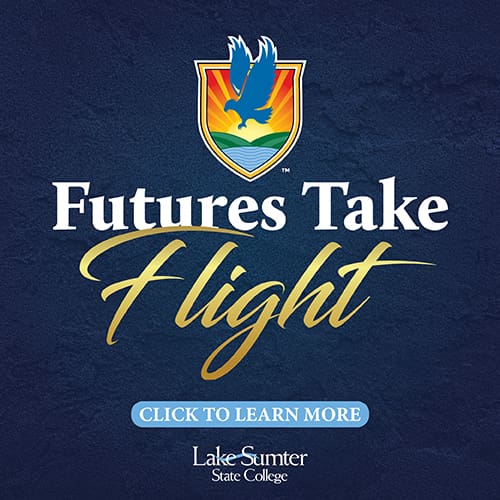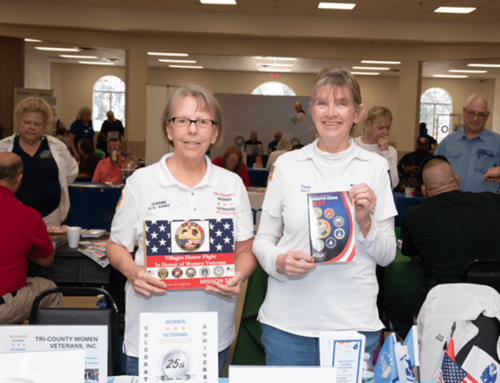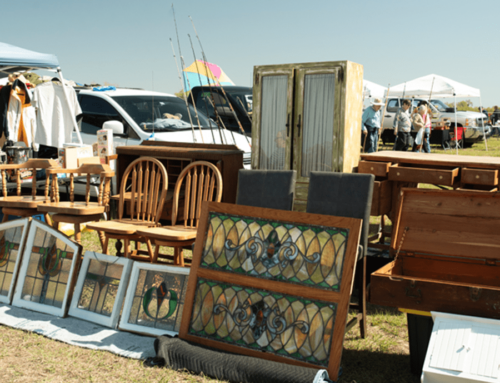By Mary Ann DeSantis
OUT+ABOUT: From Kitty Hawk to Mars

PHOTOS: MARY ANN DESANTIS + outerbanks.org
The impossible happened on the sand dunes surrounding Kitty Hawk, North Carolina, when Orville and Wilbur Wright altered the world of transportation with their first manned flight, one that lasted a mere 12 seconds.
The wind in North Carolina’s Outer Banks can be relentless, especially when trying to cross a parking lot with an umbrella. I know because my favorite umbrella became history on the morning I visited the Wright Brothers National Memorial at Kill Devil Hills, North Carolina. It was no surprise to learn the area is the sixth windiest place in the nation.
Those kinds of prevailing winds brought Dayton, Ohio, brothers Orville and Wilbur Wright to a remote, sandy location, then known as Kitty Hawk. In 1900, while working on their designs for a flying machine, the Wrights queried the U.S. Weather Bureau about places where they would find “reasonably brisk, steady winds, open areas free from obstructions…and soft terrain upon which to land.” The brothers considered Chicago and Cleveland, but the soft, sandy landing was of utmost importance as was the isolation they needed to pursue their seemingly impossible dream.
The Kitty Hawk weather station manager replied and told them the “sandy beaches were wide and clear of obstructions and the winds blew steady.” The eastern barrier islands along the Atlantic coast would definitely provide the privacy they needed.
Three years after those letters were exchanged, the Wright brothers made history on Dec. 17, 1903, when Orville piloted the first “heavier-than-air” machine for 12 seconds across 120 feet. The earth-bound chains had been broken, and subsequent flights lasted longer and went farther.

Today, North Carolina’s Outer Banks are known for sun, sand, fishing, and, of course, ocean breezes. The area has changed tremendously, including the 1953 incorporation of the town Kill Devil Hills, which is why the memorial park is not located within Kitty Hawk city limits.
Operated by the National Park Service, the Wright Brothers National Memorial is a testament to the brothers’ imagination, determination, fortitude, and self-taught engineering skills. It’s a family-friendly park where parents and their kids can explore and learn, starting with the Visitors Center that houses a full-scale reproduction of the 1902 glider and a 1903 flyer. The tall monument on Kill Devil Hill marks the 90-foot high hill where the brothers sent a 10-year-old to try the first glider, who was then followed by Wilbur.
Kids of all ages, including adults, enjoy climbing on the life-sized bronze and steel replica of the first airplane. The 10,000-pound sculpture was designed for a hands-on experience as is the 852-foot strip that marks the location of the first four flight paths. Families race along the grass-covered path to see just how long running 120 feet to 852 feet can take them. A granite boulder marks where the first plane left the ground while smaller stone markers chart the four flights’ paths, distances, and landings.
“The boulder where the flight took off marks the ‘death of impossibilities’,” says Dan Shook, the National Park Service interpretive ranger. “The Wright brothers showed the world that anything is possible.”
Just because the space shuttles are grounded doesn’t mean you have to be. More than 1.5 million visitors a year visit the Kennedy Space Center Visitor Complex for an entertaining and comprehensive space program experience that looks to the future and Mars.

The Wright brothers’ spirit of exploration and innovation is alive and well at the Kennedy Space Center, contrary to misguided beliefs that the Titusville attraction is all history. Space history indeed is covered extensively, including a dramatic introduction into the cavernous room displaying the Space Shuttle Atlantis. There are plenty of peeks into the future, however, especially with the newest Journey to Mars: Explorers Wanted exhibit.
Throughout the Mars exhibit, visitors test their deep-space savvy with interactive games and simulators. They learn how to handle micrometeoroids or what to do when exposed to high levels of radiation. The next generation of astronauts can practice the essential skills of orbital docking and planetary landings.
Just as the Wright brothers had a hard time getting people to believe in their mission to fly, so did NASA when it came to putting a man on the moon. The trials and tribulations—as well as the crowning achievements—are well documented in the one-of-a-kind Apollo/Saturn V Center exhibit. Upon arriving at the KSC Visitor Complex, I headed straight for the bus tour that delivered me to the center. Not only did I avoid the human wave lurching into the Shuttle Launch Experience®, but I had a relaxing journey through space history—much of which I had forgotten or never knew—and got a great foundation for the rest of my visit.
During the “participatory” bus tour (the guide asked visitors a lot of trivia questions), I saw Launchpad 39B, where 53 shuttle missions blasted off. Nowhere is the future more evident because 39B is currently being modified for NASA’s Space Launch System. The SLS will be the most powerful rocket ever built and is slated for deep space exploration, with a test flight as early as 2017.
No trip to the Kennedy Space Center is complete without a ride on the Shuttle Launch Experience®, housed in the Space Shuttle Atlantis exhibit building. I had to sit back, buckle up, and hold on tight for what veteran NASA astronauts call the world’s most realistic simulation of a space shuttle launch. It is a bumpy ride so I would not recommend it immediately after breakfast or lunch, but it’s a delightful few moments of giggles and thrills.
From the Shuttle Launch Experience® and astronaut encounters to larger-than-life IMAX® films, hands-on activities and behind-the-scenes tours, the Kennedy Space Center Visitor Complex provides a great opportunity to combine history lessons with fun entertainment.




































